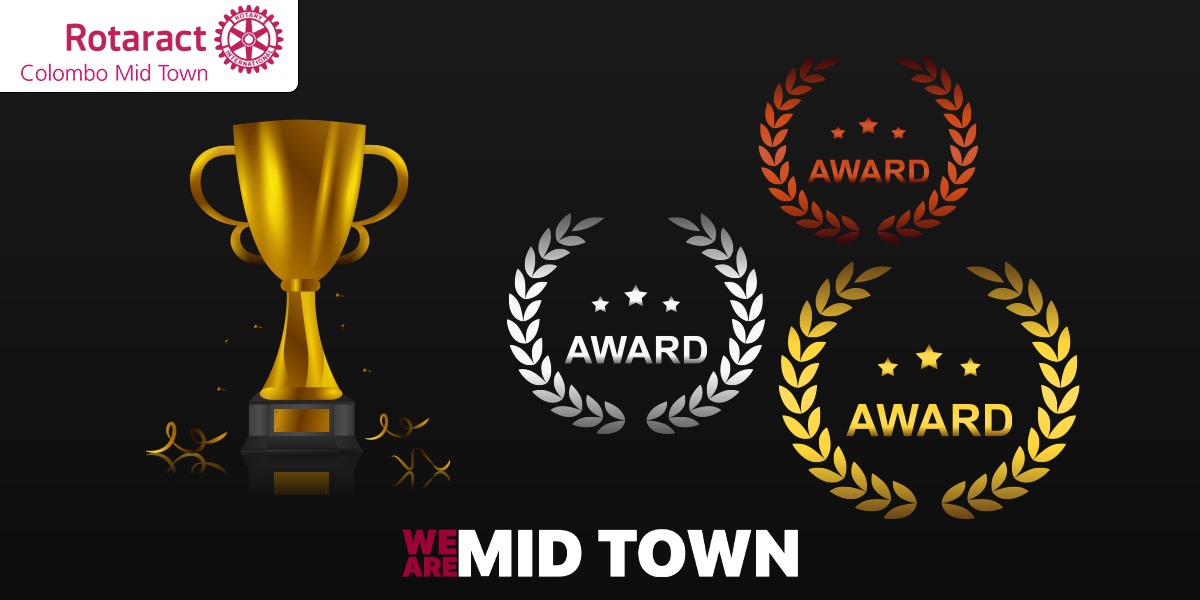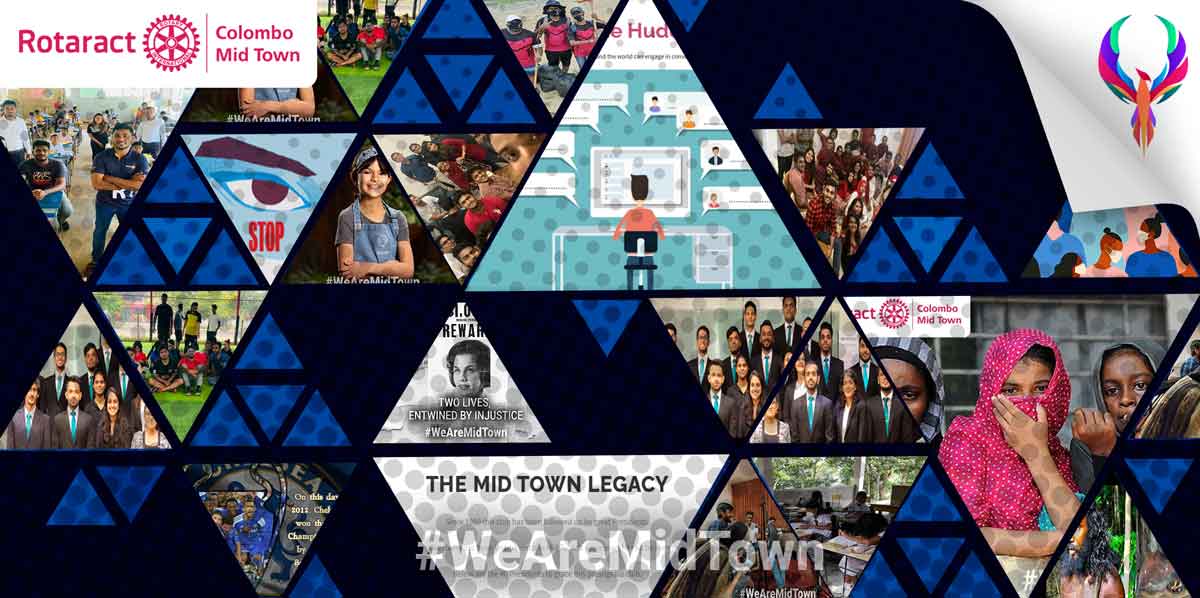Marata Kingdom

In the 18th century, the city was the seat of the Peshwas, the prime ministers of the Maratha Empire, and one of the most important political centers on the Indian subcontinent. The city was also ruled by the Ahmadnagar Sultanate, the Mughals, and the Adil Shahi dynasty. Historical landmarks include Lal Mahal, the Kasba Ganapati temple, and Shaniwar Wada. Major historical events involving the city include the Mughal–Maratha Wars and the Anglo- Maratha Wars. Pune is widely regarded as the second major “IT hub of India”
Shaniwar Wada
Shaniwar Wada is a historical fortification in the city of Pune in Maharashtra, India. Built-in 1732, it was the great seat of the Peshwas of the Maratha Empire until 1818, when the Peshwas lost control to the British East India Company after the Third Anglo Maratha War. Following the rise of the Maratha Empire, the palace became the center of Indian politics in the 18th century. The fort itself was largely destroyed in 1828 by an unexplained fire, but the surviving structures are now maintained as a tourist site.

It is situated near the Mula-Mutha River, in Kasba Peth.
Peshwa Baji Rao I, the Prime Minister to Chattrapati Shahu, laid the ceremonial foundation on his own residence. It was named Shaniwar Wada from the Marathi words Shaniwar (Saturday) and Wada (a general term for any residence complex).
Dagdusheth Halwai Ganpati Temple
A divine place of worship devoted to Lord Ganapati, Shreemant Dagdusheth Halwai Ganapati temple is extremely famous for its religious festivities and is located in Pune, Maharashtra. The temple receives a considerable crowd of devotees every day who come to attend the daily pooja, abhisheka and the Arti of Lord Ganesh. The idol of Lord Ganapati is 2.2 meters high and 1 meter wide and is adorned with almost 40 kilos of gold. The temple receives offerings of gold and money from Lord Ganapati’s devotees every day which goes into the temple’s trust.
Purandar Fort
Purandar Fort also called Purandhar Fort signifies the rise of Shivaji against Adil Shahi Bijapur Sultanate and the Mughals. It is one of the famous tourist attractions in Pune, Maharashtra, India.
The fort is situated in the Western Ghats and stands 4472 ft above sea level.
Purandar and Vajragad or Rudramal Fort are twin forts. However, the latter is comparatively smaller than Purandar Fort. A village is named after the fort and is called Purandar Village situated at the bottom of the fort. The fort is also known as the birthplace of the son of Chatrapati Shivajiraje Bhosale and the second Chatrapati, Sambhaji Raje Bhosale.

There are many temples dedicated to Purandareshwar (the fort’s patron god, from which it also takes its name) and Sawai Madhavrao Peshwa here. There is a statue of Murarbaji Deshpande, the commander (killedar) of the fort who gave up his life in order to protect the fort from the Mughals.
Ganesh Chaturthi
Ganesh Chaturthi, also known as Vinayaka Chaturthi, is a Hindu festival celebrating the arrival of Ganesh to earth from Kailash Parvat with his mother Goddess Parvati/Gauri. The festival is marked with the installation of Ganesh clay idols privately in homes and publicly by Shri Bal Gangadhar Tilak popularly known as Lokmanya Tilak in Pune in the year 1893 on elaborate pandals. The festival ends on the tenth day, then the idol is carried in a public procession with music and group chanting, then immersed in a nearby body of water such as a river or sea.

Gudi Padwa
Gudhi Padwa is a spring-time festival that marks the traditional new year for Marathi and Konkani Hindus along with many other Hindus. It is celebrated in and near Maharashtra and Goa on the first day of the Chaitra month to mark the beginning of the New year according to the lunisolar Hindu calendar. The word padava or padavo comes from the Sanskrit word pratipada which refers to the first day of a lunar fortnight. The festival is observed with colorful floor decorations called rangoli, a special Gudhi flag (garlanded with flowers, mango and neem leaves, topped with upturned silver or copper vessel), street processions, dancing and festive foods.

Puran Poli
In Pune, Puran Poli is eaten with a variant of Amti (flavored sour curry) known as Katachi Amti and is prepared with the remaining water of Chana Dal used to make Puran.

Misal Pav
It consists of misal and pav. The final dish is topped with farsan or sev, onions, lemon and coriander. It is usually served with bread or rolls toasted with butter and buttermilk or curd and papadam.

Bakarwadi
“Bakarwadi”, also spelled as bhākarwadi or bhākharwadi, is a traditional sweet and spicy snack.
The Kandyan Kingdom
The Kandyan Kingdom was founded in the late 15th century and was succeeded by the British colonization in early 19th century. With the fall of the Kingdom of Kotte, this became the last independent monarchy of Sri Lanka. The Kingdom was located in the central part of the country and is considered to have played a major role throughout the history of Sri Lanka. While this kingdom managed to remain independent during the Portuguese and Dutch colonization, it also fell under the British control in 1815. It is the last kingdom to have stood up for the independence of Sri Lanka and is also known to be one that survived the longest after Anuradhapura.
It was by names, some being, Kanda Uda Pasrata, Senkadagala Kingdom, The Kanda Udarata (literally meaning the land on the mountain)’, The Mahanuwara Kingdom. The geographical location of the kingdom provided it with natural protection of rivers, waterways, hills and the rocky mountain terrain.
Senasammata Vikramabahu
Senasammata Vikramabahu initially ruled the Kingdom while it was semi-independent kingdom under the Kingdom of Kotte. He founded the city of Kandy and declared it the new capital of the Kandyan Kingdom.
King Wimaladharmasuriya
During the reign of King Wimaladharmasuriya I (1591-1604 A.D.), the Kandyan kingdom expanded, and became the centre of Sinhalese Buddhist Civilization, having received the loyalty of the Sinhala Buddhist of the Kingdoms of Kotte and Sitawaka. This was post the destruction of Buddhist temples and burning of scriptures containing the Dhamma by King Rajasingha in the latter part of his reign – which not only drew the contempt of the Kandyan people but of the entire Buddhist population.

It was also during his reign that the Sacred Tooth relic was relocated from Ratnapura to Senkadagala and placed in the Dalada Maligawa. Temples such as Lankathilakaya, Gadaladeniya, Degaldoruwa and Ridi Viharaya were renovated.
Under King Wimaladharmasuriya, the first’s reign many steps were taken to develop the economy of the Kingdom. The iron Industry (Uva province), agricultural activities in several areas in the Kingdom saw major developments.
King Sri Weeraparakrama Narendrasingha
It was during the reign of King Sri Weeraparakrama Narendrasingha (1707-1739 A.D.) that he brought down a princess from the Nayakkar dynasty from South India as his Queen, which is marked as an important incident as this noted the end of the Sinhala lineage and the beginning of the Nayakkar’s gaining power in the Kandyan Kingdom. Upon his passing, as he did not have a son to hand over the kingdom to, according to the customs of the Nayakkars, the kinship was passed to the brother of the Queen. Accordingly, the Kandyan Kingdom crowned its first Nayakkar king in 1739 – Sri Vijaya Rajasinha (1739 – 1747 A.D.).
The Nayakkar kings being Hindus were quick to learn the Sinhala language and embrace Buddhism, and renovated the shrines and temples and worked towards the upliftment of Buddhism to win over the respect and goodwill of the Sinhalese Buddhists in the Kandyan Kingdom.

King Sri Wickrama Rajasingha

King Kirthi Sri Rajasingha (1747-1782 A.D.) did a great service to uplift Buddhism in the Kingdom although he was a Hindu. He established the higher ordination, with the help of the Dutch, got down 5 monks from Siam in 1753 A.D. to hold the higher ordination ceremony. In addition to this, he also improved the Dalada Perahera by including the procession of the Devalas, he renovated the ruined temples and shrines in the ancient capitals and donated land for the maintenance of temples and shrines.
He also played a significant role in the uprising of the Sinhalese under the Dutch to rebel against them, in 1760
King Sri Wickrama Rajasingha was the last king of the Kandyan Kingdom. He was appointed by the Cheiftans of the Kingdom at a time when the chieftains had grown more powerful exceeding the power of the king. During the war between Kandy and the English in 1803, he suspected the chieftains for being disloyal to him and worked to supress the powers of the chieftains.
The Chieftains
The Bhikhus. The Radala chieftains and the public, on which the stability of the administrative structure of the Kingdom depended, were now displeased with the King due to various actions taken by him in his plan to supress the chieftains – which included killing chieftains with the accusations of conspiracy, and torturing and murdering of the families of the chieftains (a heroic story of a national (lady) hero – for another buletin maybe), and the murdering of the chief priest.
He lost the most important factor that protected the independence of the Kandyan Kingdom form the colonizers, the loyalty of the people.
With the help of the banished chieftains, and using and spreading the disharmony between the King and the chieftains to their advantage Robert Brownrigg, the Governor appointed in 1812 A.D. succeeded in conquering the Kandy Kingdom in 1815 A.D.
Thus ends the summary and snippets of this Kingdom. To find out more, we strongly suggest a visit, post-pandemic times, of course, but google results are not enough to experience the entirety of it.

Make sure you add the Temple of the Tooth Relic, the Kandy streets, Temples including the Lanakathilakaya and Gadaladeniya to your travel bucket list. The art, the architecture, the history, the cold climate will all be worth it.

Jointly written by Rtr. PP Nuzhath from the Rotaract Club of Colombo Mid Town and Rtr. Richa from the Rotaract Club of Pune Pristine.











